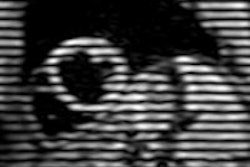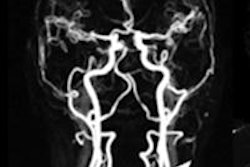Using MRI to map creatine at higher resolutions in the heart may help clinicians and scientists find abnormalities and disorders earlier than traditional diagnostic methods.
The preclinical findings, published online January 12 in Nature Medicine, suggest a safer and more cost-effective approach than imaging with radioactive or contrast MRI agents, according to researchers from the University of Pennsylvania.
Ravinder Reddy, PhD, director of the Center for Magnetic Resonance and Optical Imaging, and colleagues found that imaging creatine using chemical exchange saturation transfer (CEST) MRI provided higher resolution than standard MR spectroscopy (MRS). The creatine CEST method can map changes in creatine levels and pinpoint infarcted areas in heart muscle tissue the same as MRS; however, CEST had two orders of magnitude higher sensitivity than MRS, they found.
"Measuring creatine with CEST is a promising technique that has the potential to improve clinical decision-making while treating patients with heart disorders and even other diseases, as well as spotting problems sooner," Reddy said in a statement.


.fFmgij6Hin.png?auto=compress%2Cformat&fit=crop&h=100&q=70&w=100)





.fFmgij6Hin.png?auto=compress%2Cformat&fit=crop&h=167&q=70&w=250)











